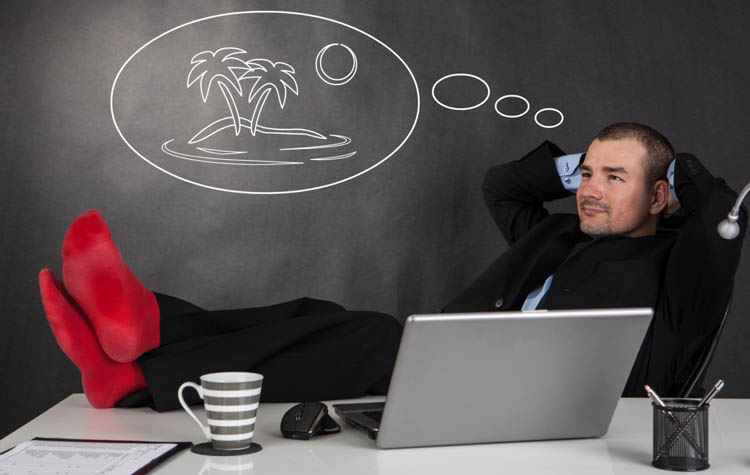Pain and Pleasure
While considering human behaviour it is essential to have a basic understanding of the (revised) Pain and Pleasure principle. In brief, it can be summarised into the following statements.
While many pleasurable or painful things are universal, the degree to which people or groups will find them painful or pleasurable will differ. For example one person may find international travel highly pleasurable while another may find it only marginally enjoyable. Some may even find it unpleasant. Fortunately the similarities regarding the main areas of pain and pleasure are widespread and generally constant.
The line between Pain (discomfort) and Pleasure (comfort) is called the threshold and it differs from person to person. For example, people living in the third world do not consider walking two miles to the nearest shop unduly painful while a western suburbanite would consider this painful or at least annoying. This is because people get used to and accept a standard of experience. This threshold not only differs from person to person but from culture to culture.
An individual’s Pain and Pleasure threshold will almost certainly change over time based on the individual’s personal experience and environment.
A proportionally small percentage of people will, for various psychological reasons, confuse the distinction between pleasure and pain to the point where physical pain (or its sudden absence) can generate intense pleasure. (Masochists) One explanation is that when the human body experiences pain it floods the body with endorphins, a morphine-like drug that dulls pain and can be pleasurable. Exercise addicts admit to achieving euphoria like states after they have subjected their bodies to intense and physically demanding training.
The greater the pain (discomfort) a person is experiencing, the greater the efforts the individual will make to remove themselves from the source of the pain. In extreme cases this includes the options of mental collapse, amnesia and even suicide.
With very few exceptions, humans do not seek pleasure with the same effort that they avoid pain. Once the average human has achieved a comfortable and pain free environment, their motivation to seek additional pleasure diminishes proportionally to the effort involved. Humans seem to instinctively accept this as normal behaviour and have created socially negative descriptions of people who compulsively seek higher levels of pleasure. Hedonist, glutton, nymphomaniac, greedy, and self indulgent, are some examples.
Life in the ‘Comfort Zone’ leads to reduced motivation.
Known as the rule of diminishing returns (More and more effort for less and less gain) this explains why pain has always been a greater short-term motivator than the promise of rewards. It also explains why people often work hard to reach a comfortable level in their careers and then suddenly stop striving.
This mental and physical state that is pain free and moderately comfortable is often referred to as the “Comfort Zone”. For reasons that should now be obvious, people in this zone are very resistant to change. In many ways the established middle classes of Europe and the suburbanites of America are, as a group, the physical manifestation of this principle.
People who have been exposed to extreme levels of either Pain or Pleasure for a protracted period of time are likely to have difficulty ever resetting their threshold to a level that is considered average or normal. Soldiers typically are prepared to accept higher levels of discomfort while Celebrities, once they are no longer fashionable or popular, may find even everyday things uncomfortable.
People are quite often prepared to experience some limited Pain (effort / discomfort) if they believe it will provide desired Pleasure in the short to medium term. A good example of this the gymnast who pushes her body to painful levels in order to perform well at the next competition and win the admiration (pleasure) of the crowd or the businessman who works overtime to achieve a promotion. As a rule humans consciously and subconsciously evaluate the investment in pain against the potential pleasure that will be received. If the pain outweighs the pleasure then inaction will occur
Ppeople are often prepared to forgo pleasure if it will cause pain in the short to medium term. For example, people might deny themselves the pleasure of eating a chocolate cake because it could make them fat and cause social pain.
Finally, either too much pain or pleasure can result in a state of mind best described as resignation or giving-up. It manifests itself in total inaction. Effort is no longer perceived as linked to the current state of being.





